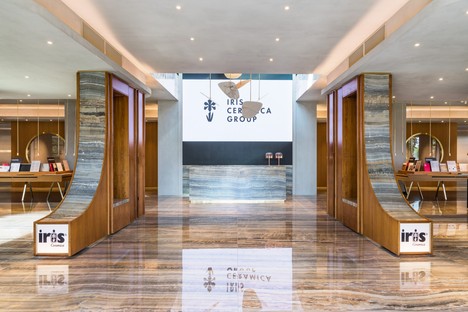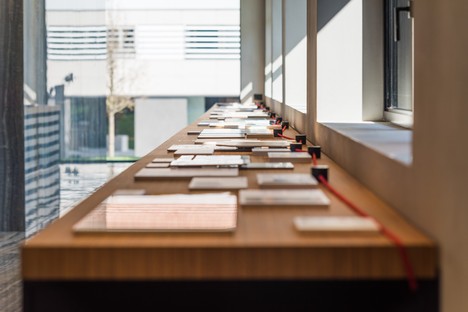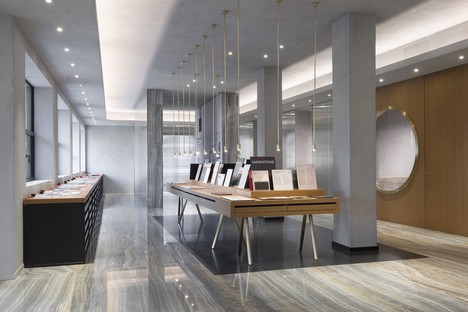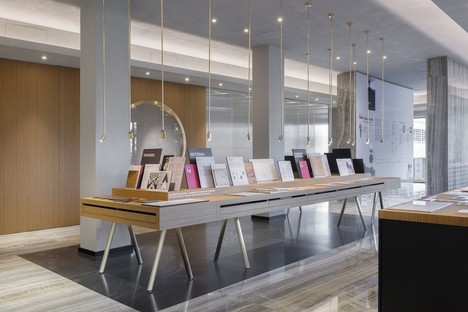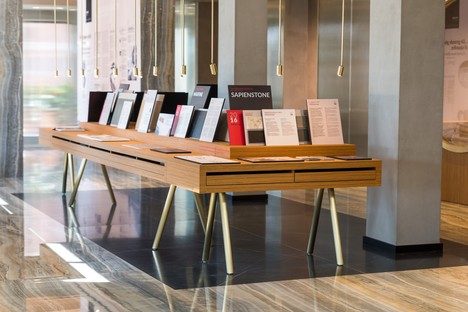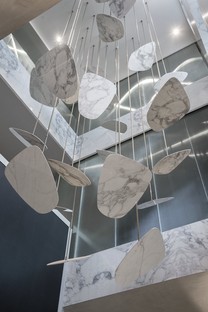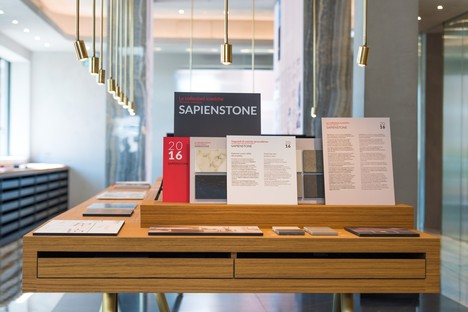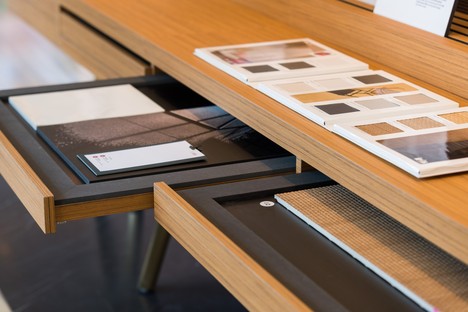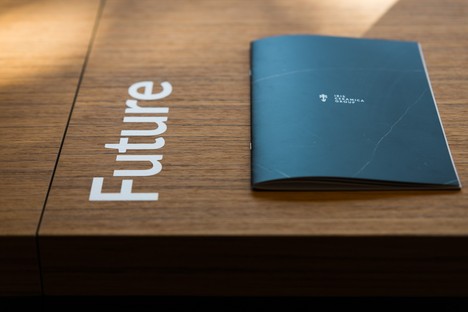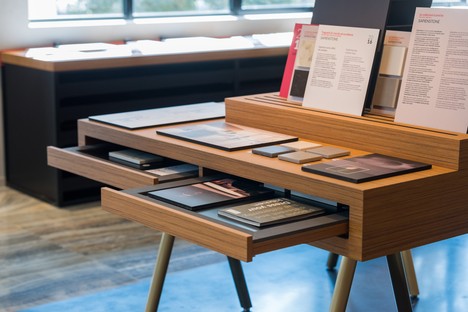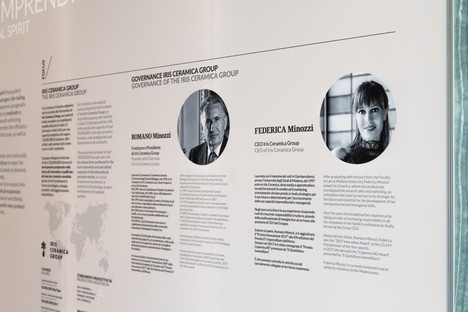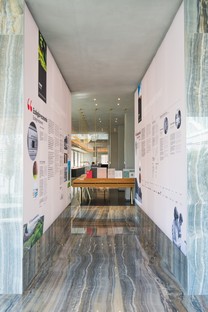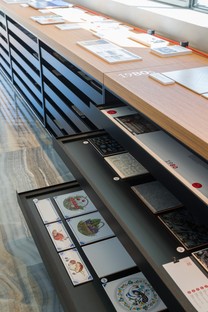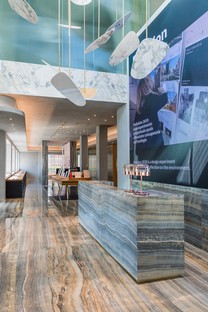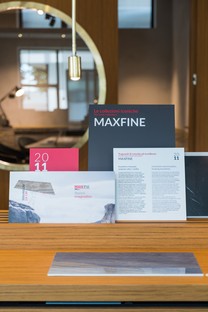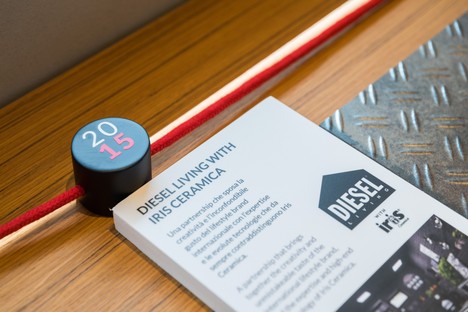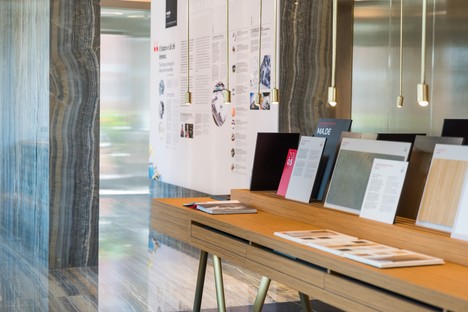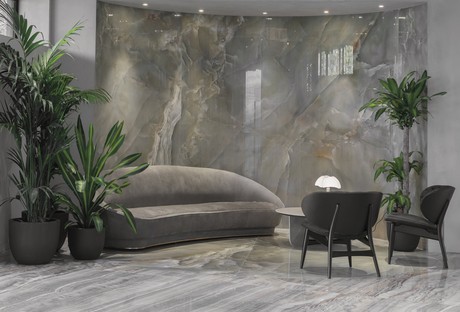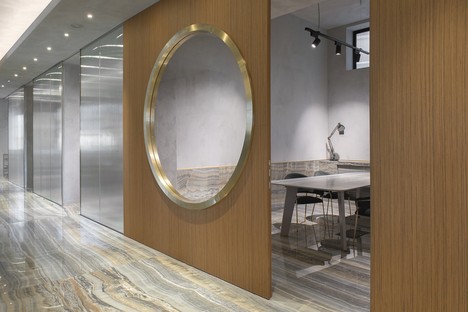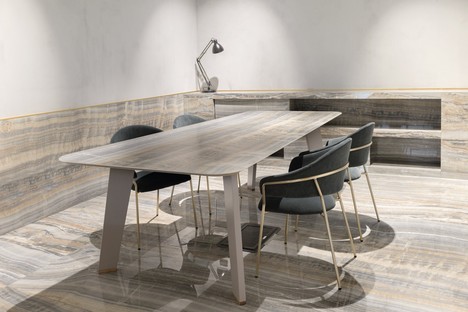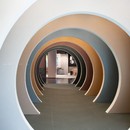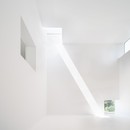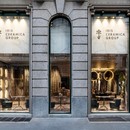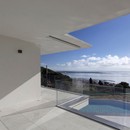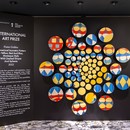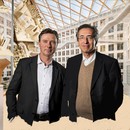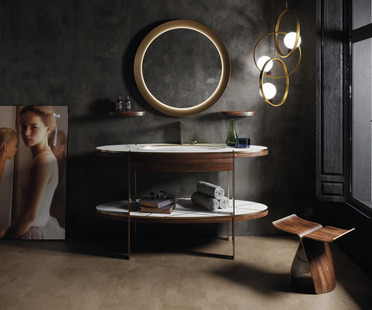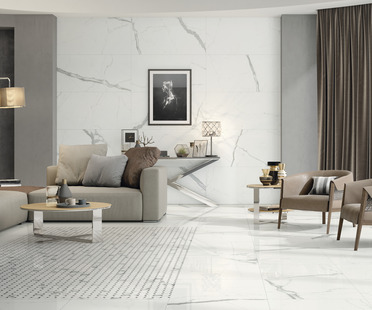30-05-2019
The Iris Ceramica Group Museum Opens
Area-17,
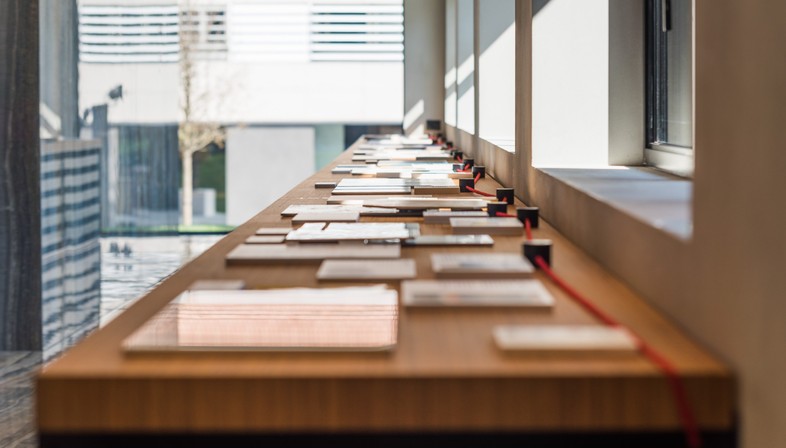
The Iris Ceramica Group Museum,which opened on 23rd May, tells the story of a great Italian company, a story of values and progress that embodies the important, vital ceramic for architecture area close to Modena and joins other local areas of excellence like the motor valley, food valley and biomedical production that are a feature of this Italian territory. The museum has been created in the historic headquarters of the Group in Fiorano Modenese and is part of the Museimpresanetwork, the Italian association of company museums and archives, promoted by Assolombarda and Confindustria, which includes 85 companies Made in Italy, in various product sectors.
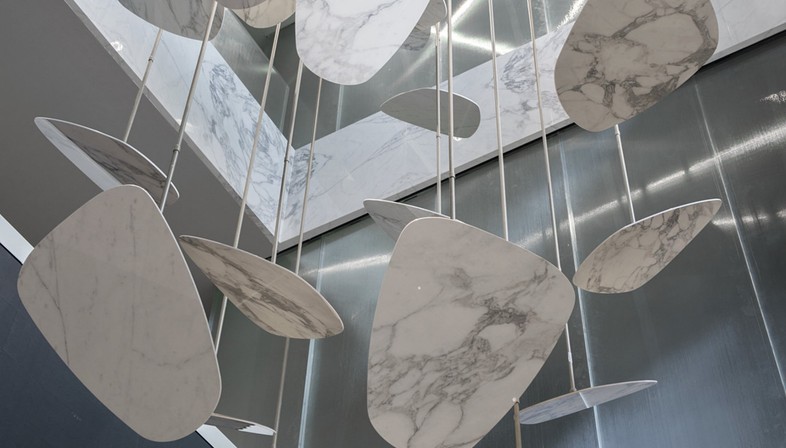
The museum is part of a larger project, created by the Area 17 architecture studio, to redevelop the historic Iris Ceramica headquarters. The building is from the 1960s and has a great deal of value for the identity of the company itself and for its importance to collective memory.
In order to safeguard the concepts of identity and belonging, vital for this type of museum, the Area 17project did not completely alter the image of the historic building. The architects identified and recovered figurative elements that played an important part in the collective and historical memory of the place. It was an important step to be able to preserve a constant dialogue with users, to allow everyone to recognise themselves through the spaces and, at the same time, become a way to communicate the values of modernity and progress that today's company represents.
The museum was set up on the ground floor of the historic building, in the great hall that welcomes public and clients to a full-height space. It is a place of passage, where there are areas for casual and more formal meetings, but which also becomes a link with the offices on upper floors. A large LED wall dominates the space and focuses the public's attention on some of the key concepts of company communication, while the exhibition path continues on each side.
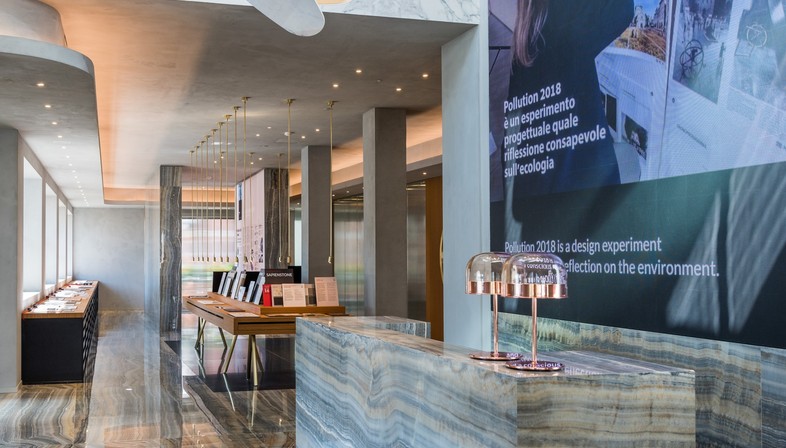
The museum space is organised on different narrative levels. The continuous time line begins in 1961, whenRomano Minozzi created Iris Ceramica and then, through milestones, marks some of the most important company events, like the takeover of other important international and Italian companies; for example, Matimex andAriostea in 1992-1993, or the debut of the Graniti Fiandre SpA brand after the takeover of Castellarano Fiandre in 1987, and the launch of specific products and collections. These are the points of contact with another narrative journey, that of thehistoric ceramic archive which continues in the grey drawers under the timeline. It is a journey through Iris ceramic products from the '60s to the present. It testifies to the development of high-tech and design within the company, but is also a journey through colours, tastes and home décor styles of the last 60 years. In the central panels there are some of the products that became iconic collections for the company and there is a large narrative space on four canvases to recall the company's “ values”. They are four large walls that envelop the supporting structure of the building and, at the same time, recall the fundamental concepts of the Group and the words of the founder, who still continues to lead and guide the company's journey.
(Agnese Bifulco)
www.irisceramicagroup.com/
www.museimpresa.com/










